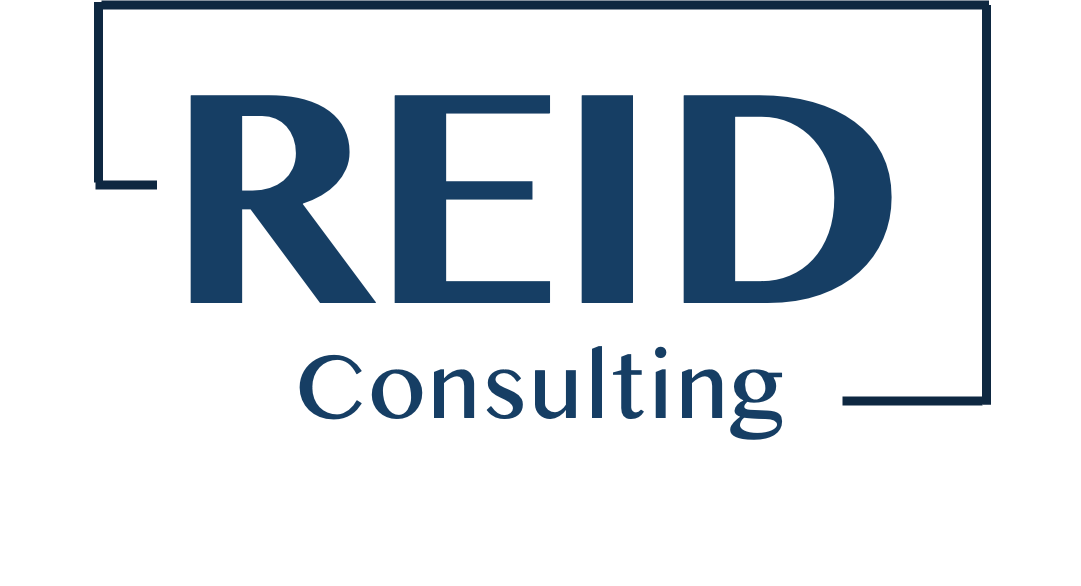The $1 That Saves $10
Growth is exciting, but it’s rarely cheap. The question isn’t whether to invest. It’s when.
Most project savings never appear on a spreadsheet. They show up as problems that never happen:
a site that doesn’t flood, a lease that doesn’t expire mid-construction, a floor plan that doesn’t require change orders after move-in.
The biggest value isn’t in the dollars spent. It’s in the dollars never wasted.
Good planning converts uncertainty into clarity. It quantifies the consequences of assumptions and translates risk into numbers that decision-makers can actually use. When you understand what drives cost before committing to design or construction, every dollar spent becomes intentional instead of reactive.
In capital projects, a dollar spent early can prevent ten down the road. Feasibility studies, scope alignment, and constructability reviews aren’t “nice-to-have” exercises. They are the cheapest form of insurance a business can buy.
We’ve seen it firsthand:
• A client’s early facility assessment avoided $2.5M in unnecessary expansion by reallocating existing space.
• Another identified $400K in potential rework through pre-bid constructability review.
• A third saved six months of downtime by validating a site’s utility capacity before closing.
Each of those wins started the same way: asking hard questions early.
Three takeaways:
Every project carries hidden costs. Find them before they find you.
Value is measured not only in savings achieved but in waste prevented.
The earlier you know, the cheaper the truth becomes.
www.reidconsulting.net
#constructionmanagement #realestate #capitalprojects #valueengineering
